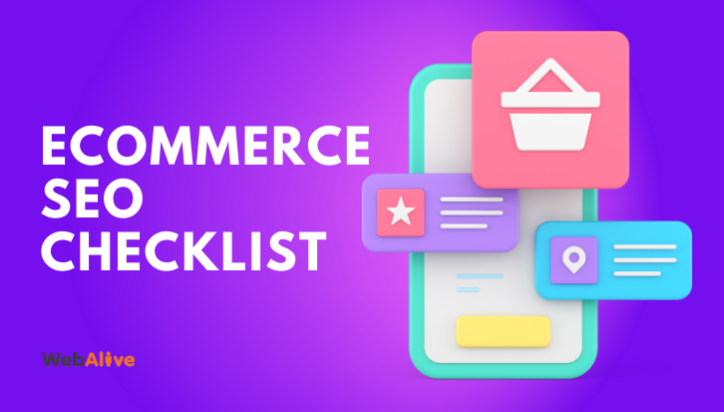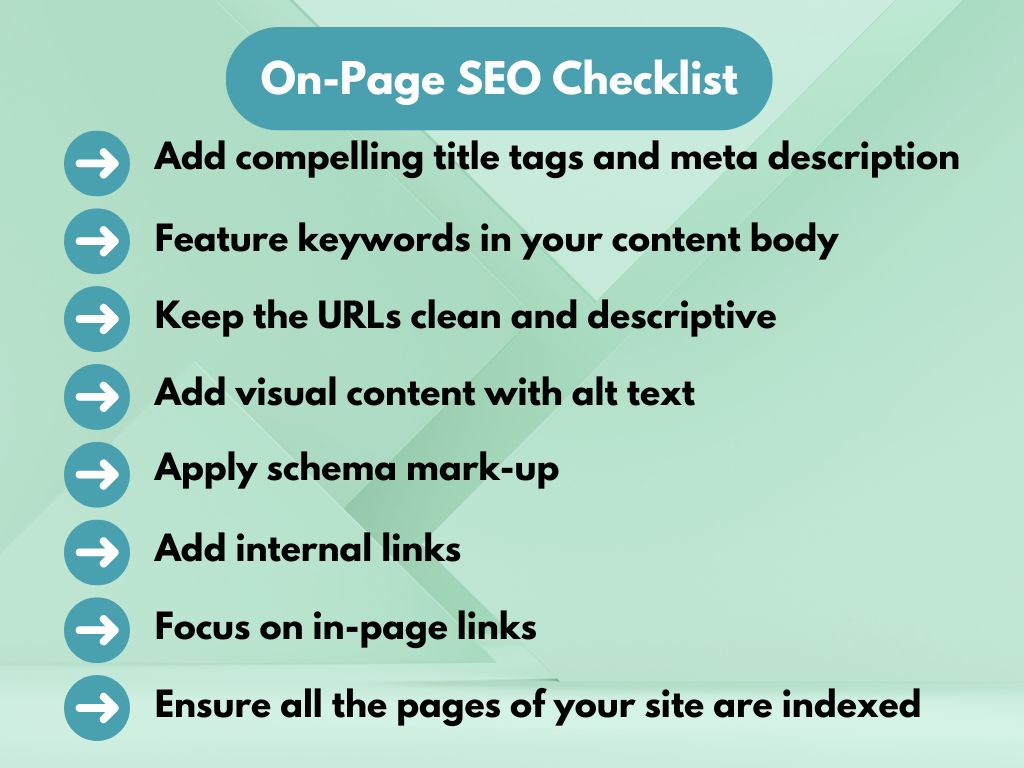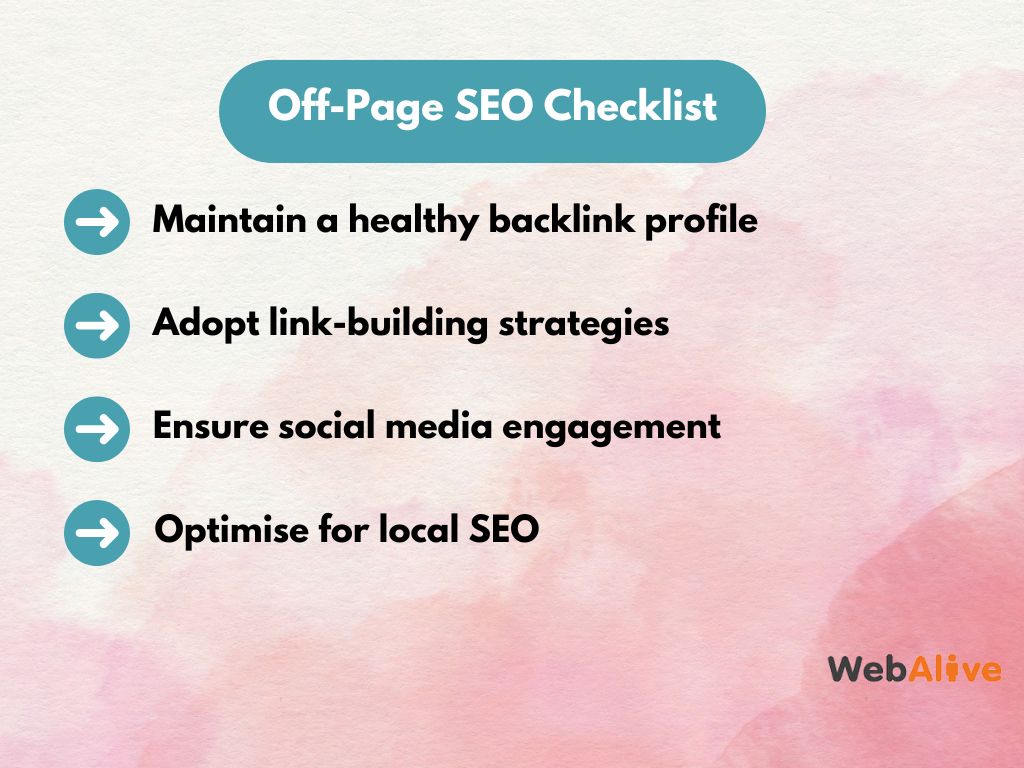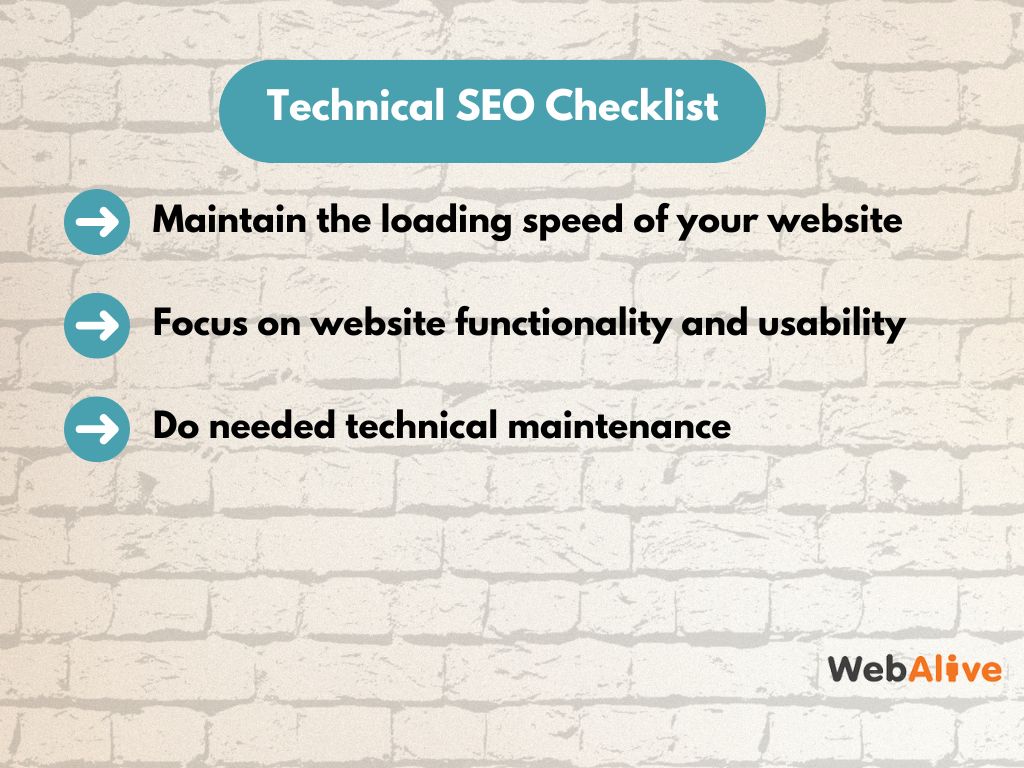
Ecommerce SEO Checklist: 15 Best Practices for 2024
Search engines alone drive 37.5% of all traffic to ecommerce sites.
Yet, even if it holds such importance, many businesses go for ecommerce marketing without adequate consideration for search engine optimisation. A significant number go after social media platforms or invest in paid advertisement.
However, considering the costs associated with advertising campaigns where companies collectively pour billions of dollars annually, the beauty of SEO lies in. Once you invest time and resources and secure a favourable ranking position, it operates on autopilot for long-term success. And that too without incurring recurring expenses!
So, with this in mind, there is no doubt that understanding SEO best practices can help you to open the door to increased traffic, enhanced visibility and ultimately greater profitability.
Within this guide, we outlined actionable steps covering the needed on-page, off-page and technical SEO aspects to elevate your business site’s effectiveness.
Let’s delve into the details!
A complete SEO checklist for 2024
Breaking down the SEO checklist into on-page, off-page, and technical categories is effective as each category focuses on different areas, helping to improve search engine rankings. This approach allows for a thorough analysis and optimisation of various aspects of the website’s performance, leading to better visibility in search results.
A quick on-page SEO checklist

1. Add compelling title tags and meta description
The title tag and meta description are two of the most important on page SEO element. Most of the time searchers look up to this information when deciding which result to click on. So, if your title and meta description seems dull, you are already missing out a lot of clicks.
Here’s a quick checklist you can follow:
- Do your title tag and meta description tag include your most important keywords?
- Is your title short and unique?
- Is your title tag not exceeding 70 characters?
- Is the content of your meta description limited to 150 characters?
2. Feature keywords in your content body
Google uses keywords to determine the relevancy of a page. So, you must strategically incorporate your targeted keywords in each of the content of your webpage. But make sure they seem natural, not forceful, and most importantly, avoid keyword stuffing. The keywords may include targeted terms, long-tail variations or synonyms.
Find out whether your primary keywords are positioned within the introductory lines of your webpage or whether you maintain an appropriate keyword density throughout the content or not. Also, ensure each of your web pages offers original content.
3. Keep the URLs clean and descriptive
Clean URLs play a significant role in both SEO and user experience, serving as a reflection of your site’s architecture. It works best when you use words closely related to your content. Instead of domain.com/734/289645856756, you can go for concise and descriptive ones such as domain.com/women/shrug.
When optimising your URLs, make sure there are no unnecessary characters. Also, use hyphens to separate words in your URLs for clarity and make sure your content is accessible through a single, consistent URL structure.
4. Add visual content with alt text
Incorporate engaging visual content, including images, illustrations, informative videos and other relevant media content. You must include alt text for all images on your website and make sure the alt text for each of your images must incorporate relevant keywords.
Name your image files with descriptive keywords and relevant text. Also, images should be compressed.
5. Apply schema mark-up
Schema mark-up is sort of coding language that improve how search engine read your webpages in search engine result pages (SERPs). You can insert the schema mark-up either by manually or using tools and plugins.
It powers multiple rich snippets we see in Google, leading to more clicks. When applying schema mark-up, you can determine the content type that would benefit from schema mark-up, it can be articles, products or reviews.
6. Add internal links
Internal links eventually facilitate the seamless transfer of link authority throughout your site. Internal links are responsible for ensuring hassle-free navigation and indexing of all web pages. Check whether the internal links promote the efficient flow of link authority.
And you must use your targeted keywords as anchor text for internal links instead of generic phrases like click here or read more.
7. Focus on in-page links
In-page links are basically long-form content that allows users to jump to specific sections of a page. These help search engines understand the structure of the content while improving engagement and time on the page. Once you divide your content into sections and sub-sections, you can add HTML anchor tags for each section.
Then, create a table of contents at the top of the page with links to each anchor. However, it is advisable to keep the number of links on your web pages within 100 to 200 for optimal link equity distribution.
8. Ensure all the pages of your site are indexed
Ensuring all the pages of your site are indexed is crucial because if any of your web pages are not indexed, they won’t appear on the search engine results page (SERP), no matter how relevant your content is. Also, when you ensure that all pages are indexed, it boosts the potential for driving more organic traffic.
By targeting different keywords on each page, you can increase your chances of ranking for various searches as well. Moreover, linking internally between indexed pages spreads link equity across your site, enriching the SEO benefits of your content.
A quick off-page SEO checklist

1. Maintain a healthy backlink profile
Your website’s backlink profile includes all the links that point to your website. Backlinks are not just a pivotal metric for Google’s ranking algorithm; they serve as a vote of confidence from other sites endorsing your content. Since Google considers backlinks to be an important factor, it is a must to maintain a robust profile containing high-quality backlinks from reputable sites.
Hence, conducting a regular audit is essential. In order to maintain a healthy backlink profile, you can use tools like Ahrefs, SEMrush, or Google Search Console to monitor your backlinks. Identify toxic or spammy backlinks that could harm your site’s ranking while ensuring backlinks come from a variety of domains and sources, indicating a natural link profile.
2. Adopt link-building strategies
Link building is a key part of off-page SEO that helps improve your site’s authority and visibility. Some effective link-building strategies include content marketing, guest blogging, influencer outreach or broken link-building. For example, guest blogging involves writing articles for other well-known websites and contributing valuable content to these sites.
You can include links back to your own site, drive traffic, and improve your SEO. You can also find broken links on other websites, reach out to website owners to inform them of the broken links and suggest a replacement for your content.
3. Ensure social media engagement
Off-page SEO is more than just backlinks. The significance of social media as a traffic source remains undeniable. When you share your content across social media platforms, it not only drives website traffic but also boosts engagement metrics. When choosing a social media platform, evaluate your target audience and then create platform-specific content.
For Example, a long informational video on YouTube will work, but a 30-second reel on Instagram will get more reaction. Try to engage with your audiences by responding to their comments and queries and encouraging interaction.
4. Optimise for local SEO
If yours is a local business, optimising your local SEO is key to improving your online presence. You can start by creating and optimising your GMB profile with accurate business information, photos, and customer reviews.
Also, ensure your business is listed in local directories and citation sites with consistent NAP (Name, Address, Phone Number) information. When writing your website content, meta tags, and GMB profile, try using local keywords.
A quick technical SEO checklist

1. Maintain the loading speed of your website
Website loading speed is crucial for SEO. If you want to reduce load times without sacrificing quality, you need to compress and resize images. Also, reduce unnecessary characters, spaces, and comments to minimise file sizes.
Most importantly, you need to choose a reliable hosting provider and optimise server settings to ensure quick responses.
2. Focus on website functionality and usability
You need to make sure your site is responsive and works well on all devices. Use clear and logical menus to allow users find what they are looking for more easily. Use clear and compelling call-to-actions to guide users toward taking their desired actions. Run regular testing for broken links, form errors and other functional issues.
3. Do needed technical maintenance
Make sure your website remains secure, up-to-date and free from issues that might harm user experience. keep your CMS, plugins and themes up to date. Implement security measures such as SSL certificates, firewalls and regular security scans to protect your site from any sort of threats.
To prevent data loss, check your website regularly. If you detect technical issues, such as 404 errors or server issues, fix them promptly.
Final words
As we all are aware about the fact that SEO is undergoing through continual evolution, it is nearly not possible to encompass each and every single aspect in a single checklist. However, by considering the mentioned steps, you pave your way towards achieving higher rankings, positioning yourself well ahead of competitors.
You read a lot. We like that
Want to take your online business to the next level? Get the tips and insights that matter.

